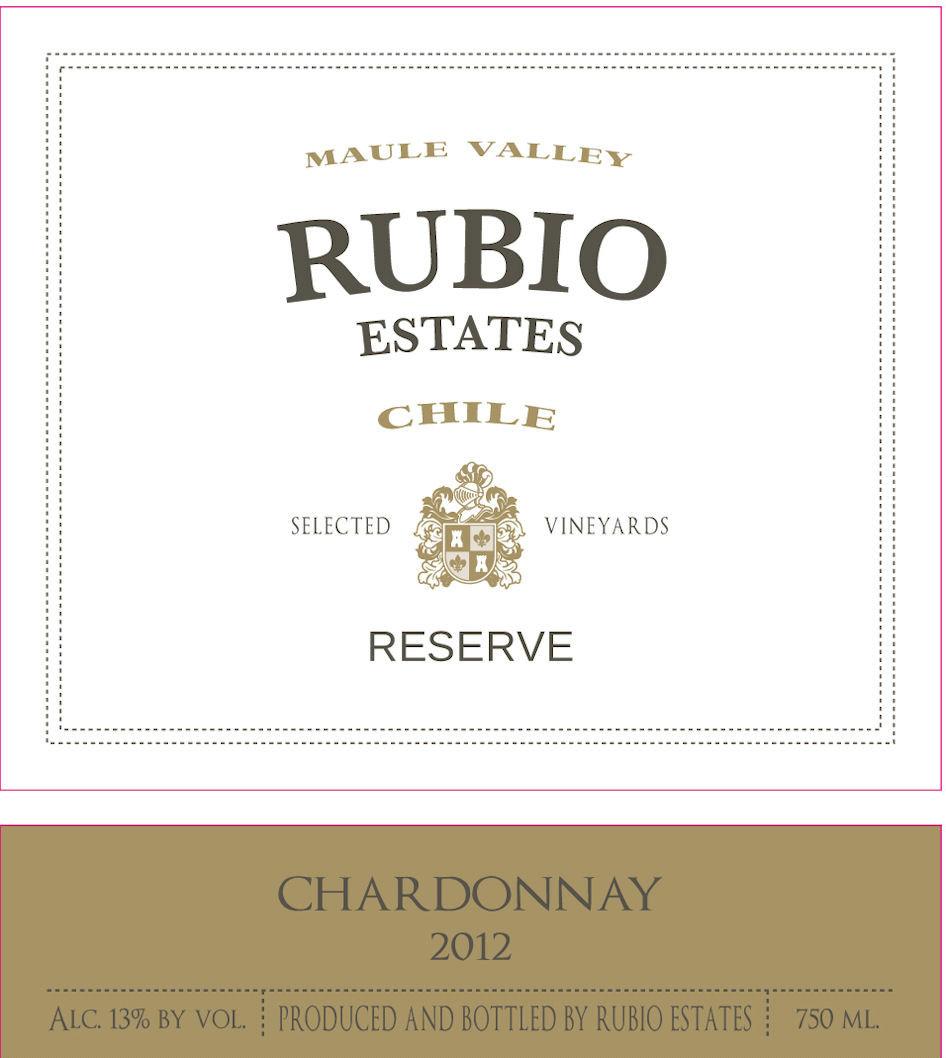2012 Maule Valley Chardonnay
The Rubio Estates Reserve Chardonnay from the 2012 vintage showcases the rich terroir of the Maule Valley, delivering a wine that is full-bodied and mouthwatering. This Chilean gem displays a perfectly balanced acidity that enhances its refreshing character while offering notes of bright citrus, green apple, and a hint of toasted oak. The fruit intensity is prominent, wrapping the palate in a delicious embrace of flavors. With a dry profile, this Chardonnay stands out for its elegance and finesse, making it an ideal accompaniment to seafood, creamy pasta dishes, or simply enjoyed on its own. Overall, the Rubio Estates Reserve Chardonnay is a delightful representation of the varietal, combining complexity and approachability in each sip.
The Rubio Estates Reserve Chardonnay from the 2012 vintage showcases the rich terroir of the Maule Valley, delivering a wine that is full-bodied and mouthwatering. This Chilean gem displays a perfectly balanced acidity that enhances its refreshing character while offering notes of bright citrus, green apple, and a hint of toasted oak. The fruit intensity is prominent, wrapping the palate in a delicious embrace of flavors. With a dry profile, this Chardonnay stands out for its elegance and finesse, making it an ideal accompaniment to seafood, creamy pasta dishes, or simply enjoyed on its own. Overall, the Rubio Estates Reserve Chardonnay is a delightful representation of the varietal, combining complexity and approachability in each sip.




